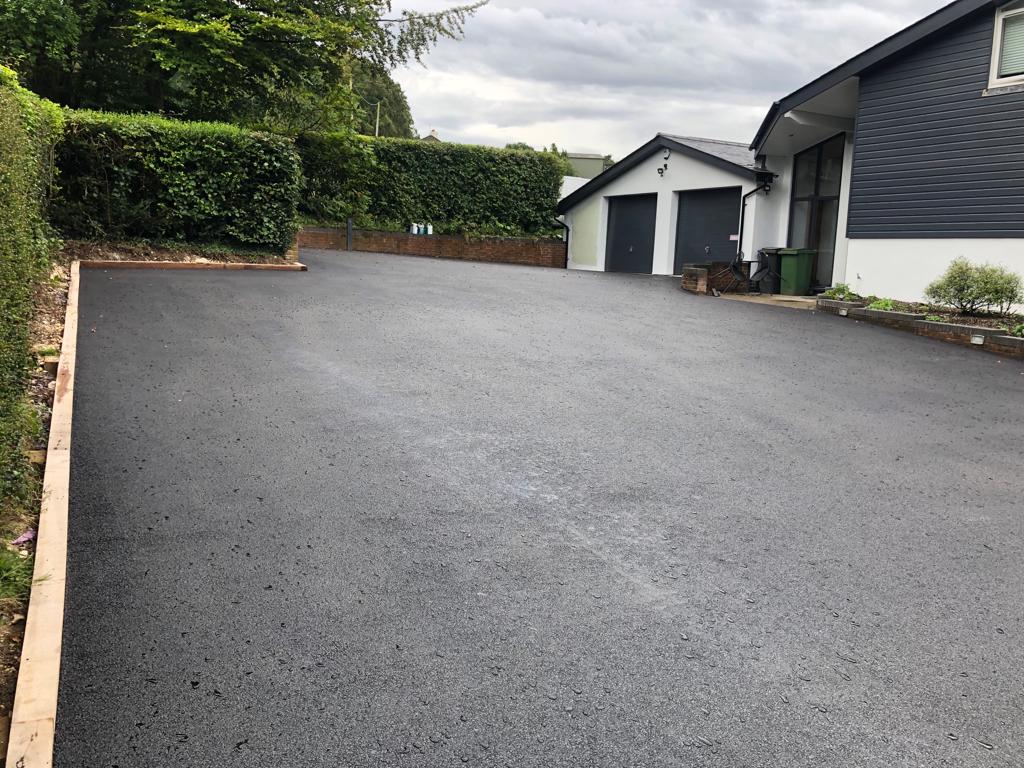Introduction: Potholes are not just a nuisance on roadways; they also impose significant economic costs on individuals, businesses, and governments. The financial toll of pothole damage can be substantial, from vehicle repairs to increased transportation expenses. In this blog post, we’ll delve into the economic implications of pothole damage, highlighting the far-reaching consequences of this pervasive road issue.
Vehicle Repairs:
- One of the most immediate and tangible costs of pothole damage is the expense of repairing vehicles. Potholes can cause damage to tyres, wheels, suspension systems, and other vehicle components. Repairing or replacing these damaged parts can be costly, particularly for uninsured or underinsured motorists. The cumulative cost of vehicle repairs due to pothole damage can add up quickly, placing a significant financial burden on individuals and families.
Increased Maintenance Expenses:
- Potholes also contribute to increased maintenance expenses for vehicle owners and fleet operators. Vehicles subjected to rough road conditions experience accelerated wear and tear on tyres, brakes, and other mechanical components. Additionally, frequent encounters with potholes necessitate frequent maintenance and servicing, resulting in
higher operational costs for businesses and organisations with vehicle fleets.
Traffic Congestion and Delays:
- Pothole-ridden roads can lead to traffic congestion and delays, particularly during peak travel times. Avoiding manoeuvres by drivers to navigate potholes can disrupt traffic flow and contribute to bottlenecks on busy roadways. Traffic congestion wastes valuable time for commuters and imposes indirect costs on businesses in the form of delayed deliveries, reduced productivity, and increased fuel consumption.
Road Repair and Maintenance:
- Governments and transportation agencies are responsible for repairing and maintaining road infrastructure damaged by potholes. The costs associated with pothole repair efforts, including materials, labour, and equipment, can strain already limited budgets. Moreover, the need for frequent repairs diverts resources away from other essential infrastructure projects, hindering long-term economic development and growth.
Impact on Tourism and Commerce:
- Pothole-ridden roads can deter tourists and visitors from visiting affected areas, impacting local businesses and economies. Poor road conditions reflect poorly on a region’s infrastructure and overall quality of life, potentially deterring investment and economic development opportunities. Additionally, businesses reliant on transportation networks to deliver goods and services may face logistical challenges and increased operating costs due to road damage.
Mitigating the Economic Impact:
Addressing pothole damage requires a coordinated effort involving proactive maintenance, investment in infrastructure upgrades, and innovative repair solutions:
- Routine Inspection and Maintenance: Implementing regular road inspections and maintenance programs can identify potholes and surface defects early, preventing further damage and reducing repair costs.
- Investment in Infrastructure: Allocating resources towards infrastructure upgrades and road rehabilitation projects can address underlying issues contributing to pothole formation and enhance road durability.
- Public Awareness and Reporting: Encouraging motorists to report potholes and road hazards can expedite repair efforts and minimise the economic impact of road damage.
Conclusion: Pothole damage imposes significant economic costs on individuals, businesses, and governments, highlighting the importance of proactive maintenance and investment in infrastructure. By understanding the economic implications of pothole damage and implementing targeted strategies for repair and prevention, we can minimise the financial toll and ensure safer, more resilient roadways for all.
Call us on: 03 9068 7895
Click here to find out more about Camberwell Road Tech
Click here to complete our contact form and see how we can help with your road needs.

